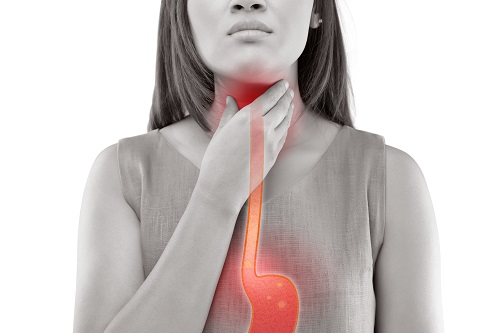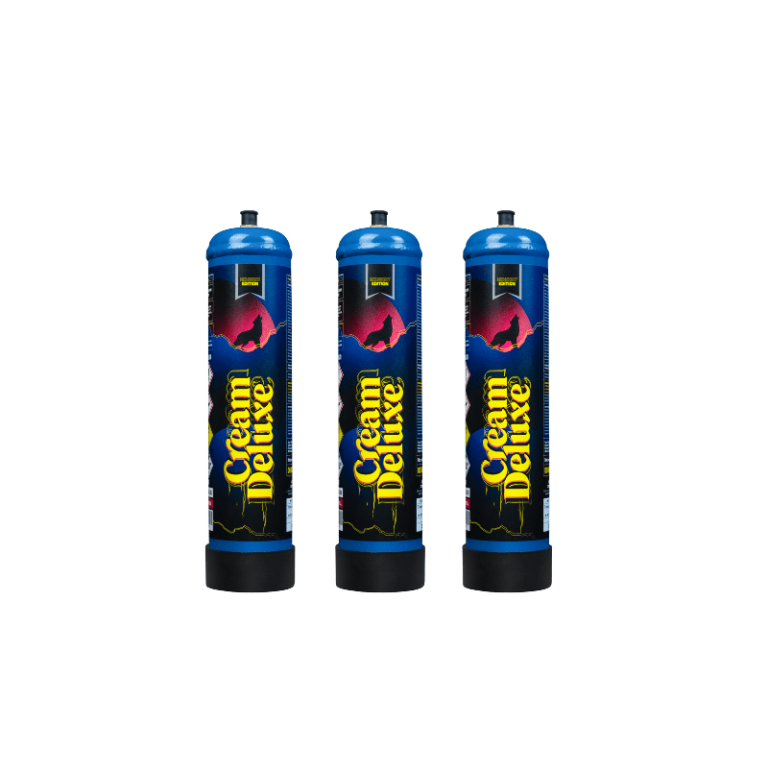Silent Reflux: What You Need to Know for Better Health
Silent reflux, also known as Laryngopharyngeal Reflux (LPR), is a condition where stomach acid flows back into the throat and larynx, causing irritation without the typical symptoms of heartburn. This can lead to various health issues if not managed properly. Understanding silent reflux is crucial for maintaining better health and preventing complications.
What is Silent Reflux?
Silent reflux occurs when stomach acid travels up the esophagus and into the throat and larynx. Unlike GERD (Gastroesophageal Reflux Disease), silent reflux does not typically present with heartburn, making it harder to detect.
Symptoms of Silent Reflux
- Chronic Sore Throat: Persistent soreness or irritation in the throat.
- Hoarseness: Changes in voice quality, often becoming raspy or hoarse.
- Chronic Cough: A persistent cough that does not respond to standard treatments.
- Feeling of a Lump in the Throat: Also known as globus sensation.
- Difficulty Swallowing: Pain or discomfort when swallowing.
Causes of Silent Reflux
Understanding the causes of silent reflux can help in its management and prevention. Several factors contribute to the development of this condition:
Weak Lower Esophageal Sphincter (LES)
The LES is a muscle that separates the esophagus from the stomach. If this muscle is weak, it can allow acid to escape from the stomach and travel upwards, causing irritation in the throat and larynx.
Dietary and Lifestyle Choices
Certain foods and lifestyle habits can exacerbate silent reflux. These include:
- Spicy and Fatty Foods: These can trigger acid production.
- Caffeine and Alcohol: Both can relax the LES, increasing the likelihood of reflux.
- Eating Large Meals: Overeating can put pressure on the stomach, causing acid to escape.
Hiatal Hernia
A hiatal hernia occurs when part of the stomach pushes through the diaphragm, which can weaken the LES and contribute to reflux.
Diagnosing Silent Reflux
Diagnosing silent reflux can be challenging due to its subtle symptoms. However, several methods can help identify this condition:
Laryngoscopy
A laryngoscopy allows doctors to examine the throat and larynx using a flexible tube with a camera, helping to identify inflammation or damage caused by acid.
24-Hour pH Monitoring
This test measures the acidity levels in the esophagus over a 24-hour period, helping to determine if acid reflux is occurring.
Esophageal Manometry
Esophageal manometry assesses the function of the esophagus by measuring muscle contractions, helping to identify any abnormalities that may contribute to reflux.
Managing Silent Reflux
Effective management of silent reflux involves a combination of lifestyle changes, medications, and, in some cases, surgical interventions. Here are some strategies:
Lifestyle Modifications
Adopting certain lifestyle changes can significantly reduce the symptoms of silent reflux:
- Dietary Adjustments: Avoiding trigger foods such as spicy dishes, citrus fruits, and fatty foods can help manage symptoms. Eating smaller, more frequent meals and avoiding late-night eating are also beneficial.
- Weight Management: Maintaining a healthy weight can reduce abdominal pressure and decrease reflux symptoms.
- Elevating the Head of the Bed: Raising the head of the bed by 6-8 inches can help prevent acid from reaching the throat during sleep.
Medications
Several medications can help manage silent reflux:
- Proton Pump Inhibitors (PPIs): PPIs reduce stomach acid production and promote healing of the throat and larynx. Common PPIs include omeprazole, esomeprazole, and lansoprazole.
- H2-Receptor Antagonists: These medications, such as ranitidine and famotidine, also reduce stomach acid but are generally less potent than PPIs.
- Antacids: Over-the-counter antacids can neutralize stomach acid and provide temporary relief from symptoms.
Surgical Options
In severe cases where lifestyle changes and medications are ineffective, surgical options may be considered:
- Fundoplication: This procedure involves wrapping the top of the stomach around the lower esophagus to prevent acid reflux. It is typically performed laparoscopically.
- Linx Device: A ring of magnetic beads is implanted around the lower esophagus to strengthen the lower esophageal sphincter and reduce reflux.
Preventing Silent Reflux
Preventing silent reflux involves adopting habits that minimize acid production and reduce the likelihood of reflux episodes:
- Avoid Smoking and Excessive Alcohol Consumption: Both smoking and alcohol can exacerbate reflux symptoms.
- Practice Stress Management: Stress can worsen reflux symptoms, so incorporating relaxation techniques such as yoga or meditation can be beneficial.
Conclusion
Silent reflux can be a challenging condition to manage due to its subtle symptoms and impact on the throat and voice. By understanding the causes, diagnostic methods, and effective management strategies, individuals can better address this condition and improve their quality of life. If you suspect you have silent reflux, consult with a healthcare professional to develop a personalized treatment plan and explore the most effective approaches for your specific needs.






